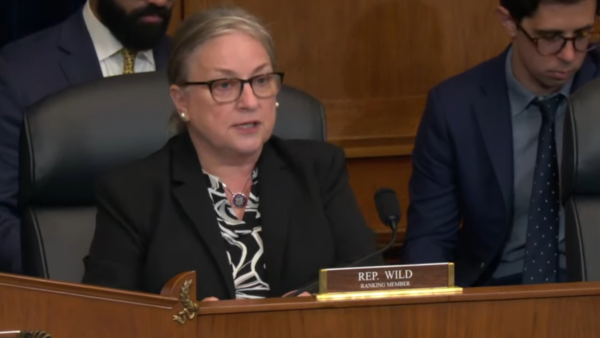Brazil’s 2024 harvest of grains, cereals, and oilseeds is expected to total 308.5 million tons, according to an initial forecast by the country’s statistics institute, IBGE. This volume is 2.8 percent (or 8.8 million tons) lower than this year’s record harvest, which was responsible for the country’s much higher-than-expected GDP growth in the first quarter. Extreme weather conditions influenced by El Niño are the main — but not the only — reason for the decline.
The decline in production will come from the country’s two main crops: soybeans, with a projected production of 149.8 million tons (-1.3% from 2023), and corn, which is expected to reach 124.3 million tons (-5.6%). Excessive rainfall in the South and dry weather in the North have delayed planting of the new crop in some states, explains research coordinator Carlos Barradas. “This could delay the harvest and, consequently, the planting of the second crop, making the latter more vulnerable to climatic risks.”
The only crop with a favorable forecast is rice, whose area increased by 4.5 percent, which should lead to a 2.5 percent higher harvest of 10.5 million tons. Heavy rains in the state of Rio Grande do Sul, the largest rice producer, are increasing water reserves for irrigation, according to Mr. Barradas. The 2024 harvest should be sufficient to supply the Brazilian market, the second largest producer and consumer of the grain after China.
The data released by IBGE also provides updates for the 2023 harvest. Soybean production is expected to close at 151.8 million tons and corn production at 131.7 million. Rice, wheat, and herbaceous cotton are next, with volumes estimated at 10.2 million, 9.2 million, and 7.6 million tons, respectively.
The country also improved its storage capacity by 4.8 percent over the previous six months to 201.4 million tons — this is one of the sector’s major Achilles’ heels. Only 15 percent of Brazilian farms have storage capacity, compared to 66 percent in the U.S. Considering only the soybean and corn harvests, Mato Grosso, the country’s leading grain producer, has a deficit of 50 percent; meaning that only half of what is produced can be stored.
It is important to note that although IBGE and the National Supply Company (Conab) are unifying statistical bases, Conab’s estimates tend to be a little higher because they understand the harvest as two years. Conab also updated its expectations for the 2023/2024 harvest to 316.7 million tons, 1.5 percent below that obtained in 2022/23.
Conab’s forecasts also tend to be more optimistic. Despite seeing a drop in production for the next harvest, the entity noted an increase in the planted area — 0.5 percent of the cultivated area, up to 78.9 million hectares — setting the stage for Brazil to surprise again if the weather somehow helps.
“The information gathered by Conab indicates that, at this moment, we may have the second largest grain production in Brazilian history, and could be the first, due to the increase in the planted area,” says Conab’s president, Edegar Pretto.
For Conab, the 2023/2024 soybean harvest is expected to reach an estimated production of 162.4 million tons, with a 2.8 percent increase in planted area, which will consolidate Brazil as the world’s largest grain producer.


 Search
Search






































